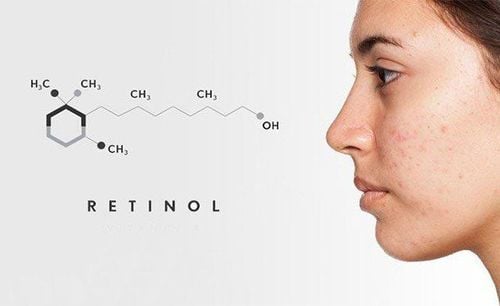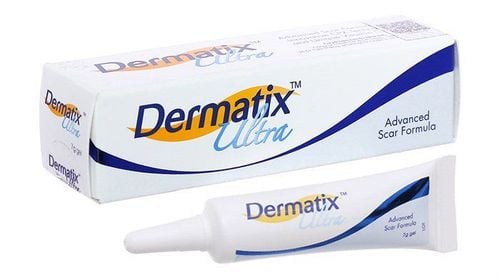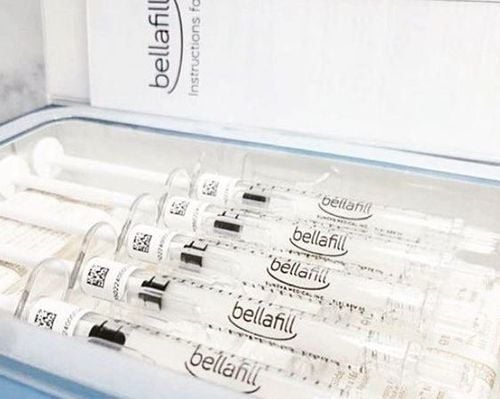This is an automatically translated article.
Loose skin after weight loss is not uncommon, especially on the arms, abdomen, chest, buttocks and thighs. This is usually less likely to cause physical discomfort, but can affect your psychological well-being. If you're looking for ways to improve your condition, you may be wondering if you should have surgery or if it would be better to choose a less invasive, non-surgical option. This article will provide you with more specific information on this issue.
1. What is the best option for the treatment of sagging skin?
Non-surgical skin tightening usually involves the use of treatments designed to make the skin firmer. In some cases, this is achieved by boosting collagen or elastin production. Collagen makes the skin firm and elastin keeps the skin tight. Other treatments help skin look smoother by breaking down the fibrous tissue that produces cellulite.
On the other hand, surgery involves the removal and removal of excess skin due to weight loss. There are several options for surgically removing skin. For example, a myomectomy is the removal of the "apron" skin that hangs below the navel, or you can lift the upper or lower body.
To decide which surgical or non-surgical belt removal is best, you need to do a comparison so you better understand what to expect from each. Consider factors like recovery time, long-term impact, and more.
Non-surgical skin tightening
Minimal recovery time, if any No scarring or permanent scarring No surgical safety risks No pre-procedure weight maintenance requirement with surgery
Several weeks to recover Visible scars Surgery not safe for everyone Best if your weight has been stable for six months or more Overall, good candidates for Non-surgical methods are patients whose skin is not dented or redundant. Also, if your skin is healthy and not damaged by the sun, it responds better to treatment.
Whatever you decide, it's important to discuss your decision with your doctor first. Make sure that the treatment you want is safe for you given your current health and physical condition.
2. Non-surgical method
If your sagging skin can be treated without surgery, there are several non-invasive or minimally invasive methods to choose from. Here's a closer look at some of the options available.
2.1. vShape Ultra
During the vShape treatment, two different radio frequencies are applied to the skin through ultrasonic waves. These frequencies are used to affect both the top and deeper layers of the skin. The heat provided deeply will promote the production of collagen, making the skin taut.
One of the benefits of vShape is that it can be done anywhere there is loose skin (even around the face). This allows you to target the areas you want to firm the most. Technicians can also target specific depths of skin for optimal results.
vShape provides minimal discomfort, with most patients experiencing moderate vibration and heat in the treated area. Redness and swelling may also occur if applied on thin skin. However, it requires no real downtime to recover from the process.
Most patients need four to five treatment sessions (30 to 45 minutes each) and the skin continues to produce collagen for up to six months after the last treatment, providing results that last up to five years. The typical cost is $500 to 800 per treatment.
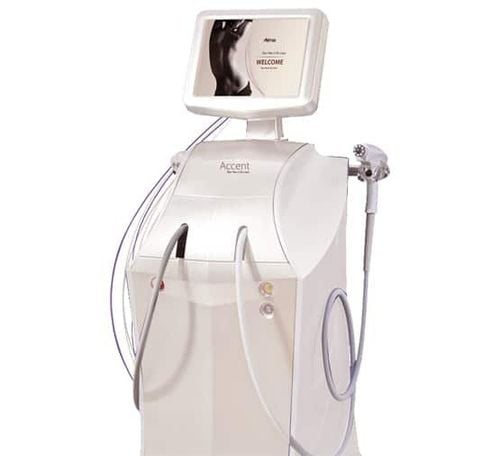
vShape Ultra có thể thực hiện ở bất cứ nơi nào có da chảy xệ sau giảm cân
2.2. ThermiTight
This minimally invasive method also uses radiofrequency to stimulate your body's natural collagen production.5 During the ThermiTight procedure, a local anesthetic is applied to the area you want to tighten the skin. slack, whether on the face, neck, chest, arms, abdomen, thighs or knees.
One advantage over vShape is that ThermiTight usually only requires one treatment session. It can be used for any skin type or tone, although it is not suitable for people with fevers, skin infections in the area of application, or women who are pregnant.
Possible side effects of this non-surgical skin tightening procedure include pain with frequency application, skin rash (erythema), and swelling from trapped fluid (oedema). Some of these problems may take several weeks to fully resolve.
ThermiTight results last three to five years but may need to be repeated afterwards due to the normal aging process. Typical costs are $3,500 to $5,000, depending on location.
2.3. VelaShape
VelaShape uses slightly different technology. In the skin tightening treatment, the VelaShape machine combines infrared rays, bipolar radio frequency, pulsed vacuum and massage rollers to treat the thighs, buttocks, handles or abdomen.
The goal behind VelaShape is to reduce the appearance of cellulite by stimulating collagen and elastin production. This makes the thighs and belly smaller and smoother, and the body toned.
VelaShape is best suited for people with a body mass index (BMI) below 30. It also gives better results if the indentation in the skin can be seen when standing rather than lying down.
Patients often see gradual skin tightening and cellulite reduction with VelaShape. Usually three to four treatments are needed and the cost varies depending on the body part but can range from $300 to $800 per treatment.
2.4. EMSCULPT
EMSCULPT is a treatment designed to build muscle in the abdomen, buttocks, arms or legs without exercise. While it doesn't change skin elasticity or strength, it can help promote muscle growth to make your body look firmer.
The way it works is to make your muscles contract unintentionally. This contraction helps strengthen and tone the muscle. Each procedure lasts about 30 minutes and you usually need a minimum of four sessions, scheduled 2-3 days apart.
EMSCULPT was approved by the Food and Drug Administration on October 21, 2016 as a medical device. Both large and small applicators provide thousands of contractions and there are chair applicators as well.
If you choose to use EMSCULPT, you will feel like you are participating in an intense workout. Costs vary by location but each treatment is typically around $1000, making the entire four-session process around $4000.
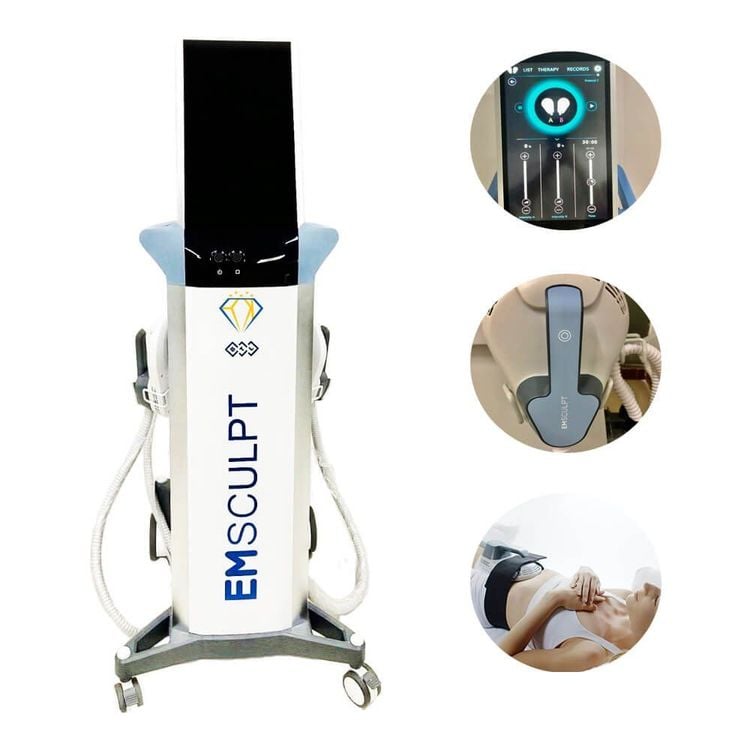
EMSCULPT là phương pháp điều trị được thiết kế để xây dựng cơ bắp ở bụng, mông, cánh tay hoặc chân mà không cần tập thể dục
3. How to get rid of loose skin after losing weight
While you can tighten loose skin without surgery, that doesn't necessarily mean you should. Every procedure has some degree of risk, so it's important to consider your own health and whether these risks are increased for you.
It should be further noted that patients must be willing to follow a healthy diet and exercise program to maintain firmer skin after treatment. He recommends that patients maintain a healthy weight so that the skin does not stretch again.
If you lost weight recently, you may want to wait up to a year to see if you regain some or all of your weight before investing in a procedure.
For some patients, the time and money invested in a skin tightening procedure can provide enough incentive for them to stick with their new diet and keep the weight from coming back. But every patient is unique.
Evaluate all your options and consider your long-term plan before you choose the best treatment for your sagging skin. Include your doctor in your decision-making process to ensure that the option you choose is safe.
It can be frustrating to learn that a facelift may not be the best option for you. Or if you have to wait to get rid of loose skin. However, safety is the number one priority. If you are healthy and well, you can enjoy your weight loss to the fullest extent possible.
References: verywellfit.com, menshealth.com





